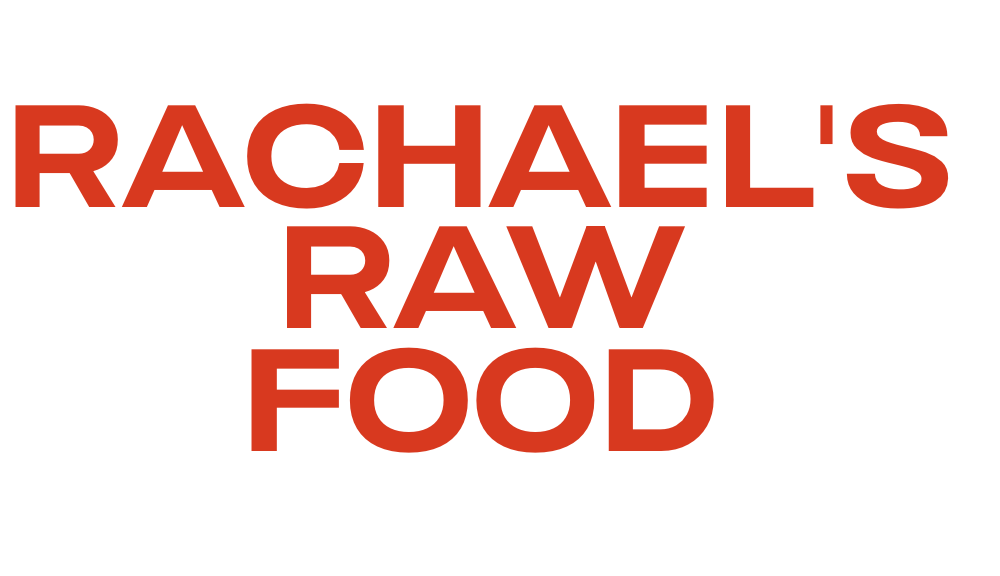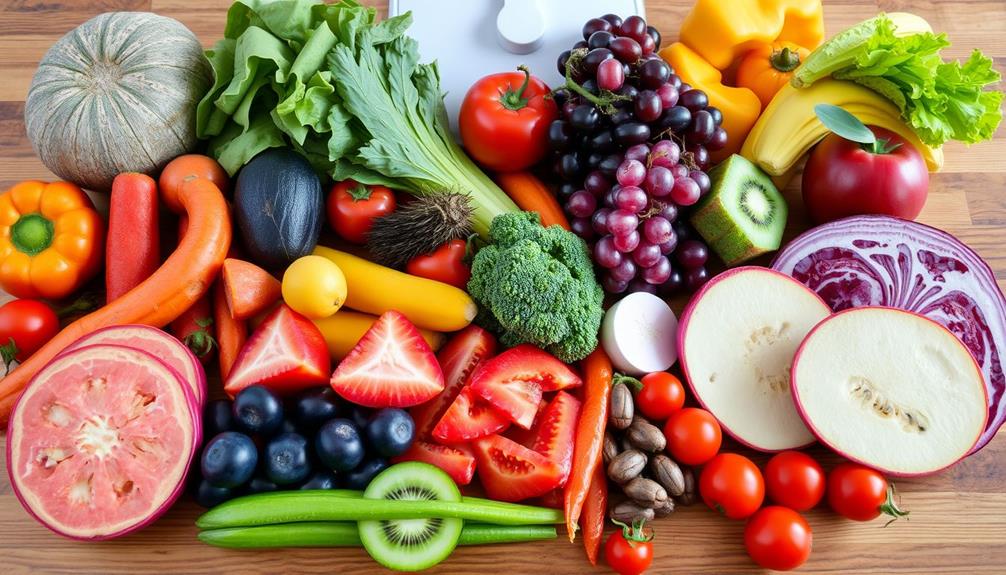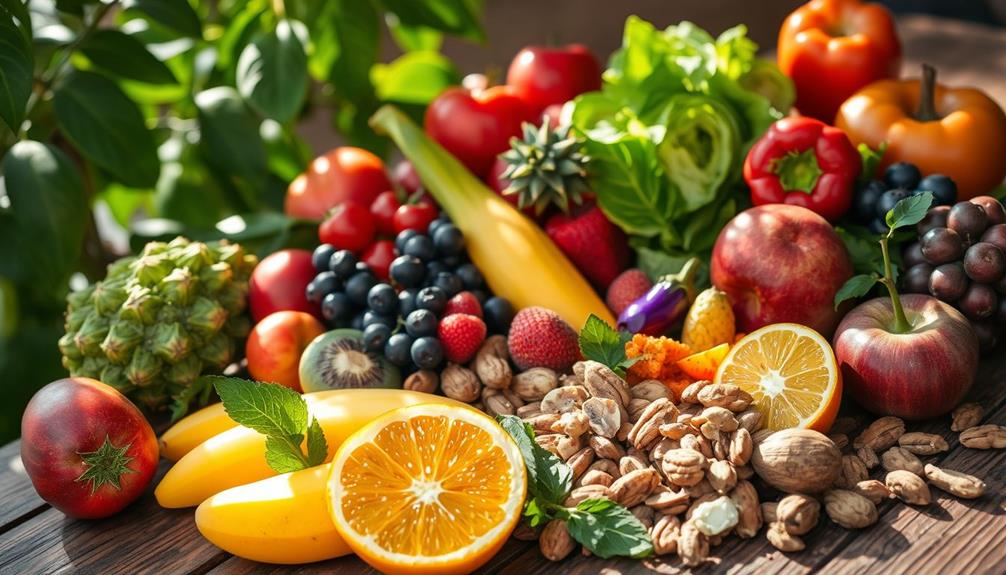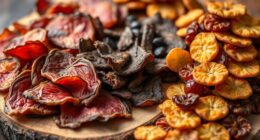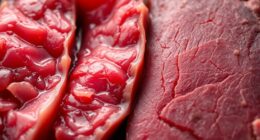Raw food generally has fewer calories than cooked food, allowing you to enjoy larger portions while staying within your calorie limits. Cooking can increase calories by 20-40% due to improved digestibility of starches and proteins. Raw foods, packed with fiber and water, help keep you full, contributing to lower overall calorie intake. However, it's important to balance your diet, as raw foods can lack certain nutrients typically found in cooked versions. If you're curious about making the most of a raw food diet and ensuring your nutritional needs are met, there's much more to explore.
Key Takeaways
- Raw foods typically have lower caloric density, allowing larger portions with fewer calories compared to cooked foods.
- Cooking can increase caloric availability by 20-40%, especially in starchy foods like potatoes.
- The high water and fiber content in raw fruits and vegetables contributes to increased satiety without excessive calorie intake.
- Raw foods often require more energy to digest, potentially affecting caloric balance and weight management.
- Careful meal planning is essential to ensure adequate nutrient intake while maintaining lower calorie levels in a raw food diet.
Understanding Raw Food Diet
The Raw Food Diet focuses on consuming unprocessed, whole foods like fruits, vegetables, nuts, and seeds, all while keeping cooking temperatures below 104-118°F. This approach aims to preserve vital nutrients and enzymes that can be lost during cooking.
One major characteristic of this diet is its low calorie density. You can enjoy larger portions of raw foods while keeping your overall calorie intake lower, which may help with weight management. Additionally, raw foods are often rich in antioxidants and beneficial for overall health, making them a great choice for those looking to improve their well-being beneficial for overall health.
Raw foods, typically high in water and fiber, contribute to feelings of fullness without adding excessive calories. This makes them an attractive option if you're looking to control your weight.
However, it's important to note that the diet excludes cooked foods, like flour, sugar, and animal proteins, which might limit your nutrient variety. If not carefully planned, this could lead to potential deficiencies.
While raw fruits and vegetables are nutrient-dense, cooking certain foods can enhance their digestibility and the calories they provide. As a result, understanding the balance between raw and cooked foods is vital for ideal health and nutrition.
Caloric Differences: Raw Vs. Cooked
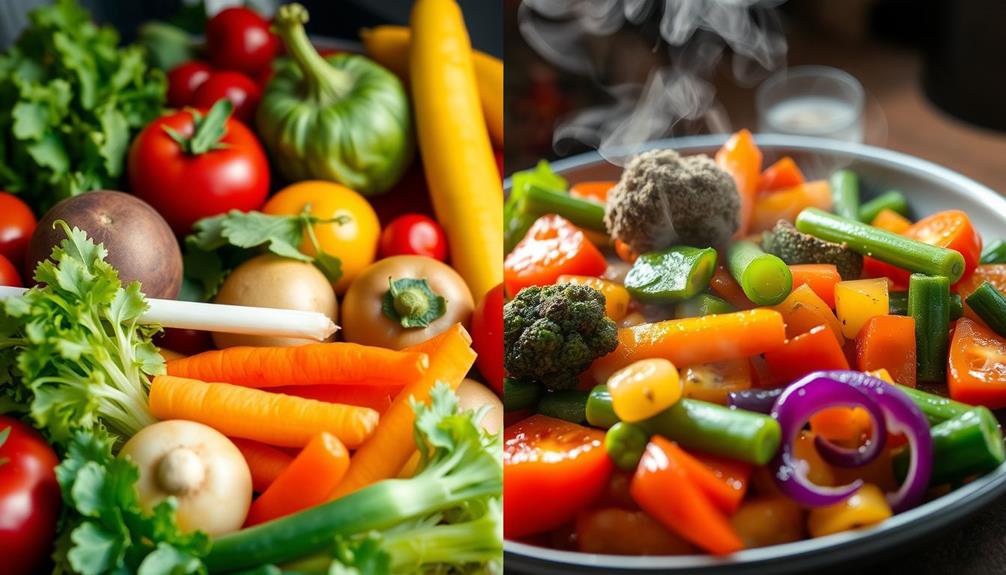
Understanding caloric differences between raw and cooked foods is essential for anyone steering dietary choices. When you consider caloric content, it's clear that cooking impacts the energy you get from food. For instance, cooking can increase caloric availability by making starches more digestible, yielding 20-40% more calories. Similarly, proteins in cooked foods can provide 10-20% more energy than their raw counterparts due to denaturation, which enhances digestibility.
Here's a simple comparison of calories in raw versus cooked foods:
| Food Type | Raw Calories (per 100g) | Cooked Calories (per 100g) |
|---|---|---|
| Potatoes | 77 | 130 |
| Broccoli | 34 | 55 |
| Almonds | 579 | 617 |
As you can see, raw foods often contain fewer calories, but keep in mind that they might require more energy to digest. This means raw foods can lead to a higher energy expenditure during digestion, affecting your overall caloric balance. So, weigh your options carefully when planning your meals! If you’re considering a raw food diet for weight loss, it’s important to be mindful of portion sizes and overall calorie intake. While raw foods are generally lower in calories, it’s still possible to overeat and consume more calories than your body needs. It’s also important to ensure you are getting enough nutrients and variety in your diet while following a raw food diet weight loss plan. So, consult with a registered dietitian or nutritionist to ensure you’re meeting your nutritional needs.
Nutritional Benefits of Raw Foods
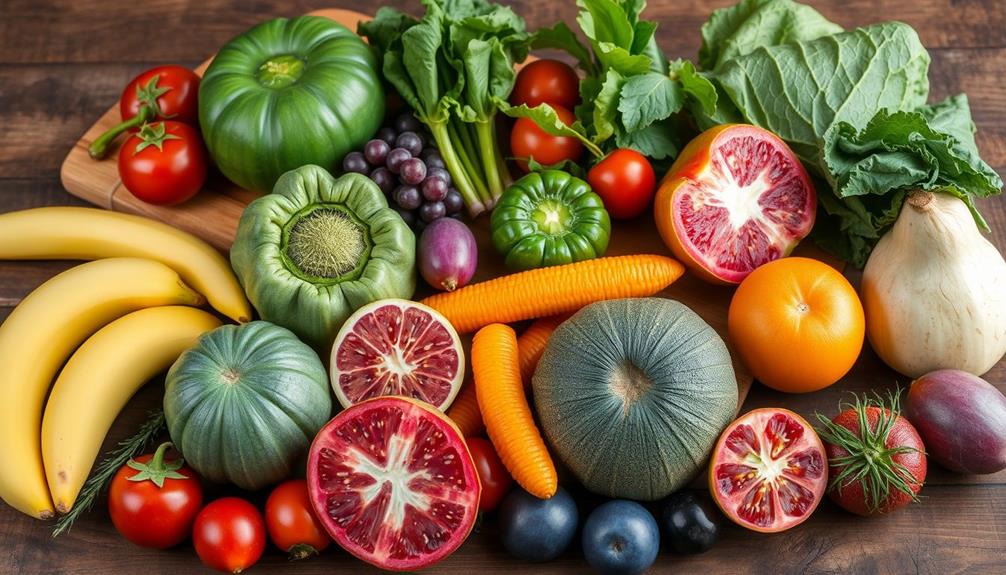
Raw foods offer numerous nutritional benefits that can complement your dietary choices. By incorporating more raw fruits and vegetables into your meals, you can enhance your nutrient content while enjoying a healthy diet.
For instance, the importance of hydration is vital when consuming a raw food diet, as it helps maintain ideal digestion and nutrient absorption.
Here are three key benefits of raw foods:
- Higher Nutrient Retention: Raw foods retain more vitamins and enzymes compared to cooked options. For example, cooking can reduce vitamin C content by up to 50%, meaning you get more nutrients by eating your produce raw.
- Increased Satiety: Because raw fruits and vegetables maintain their natural water content, they provide greater volume and satiety without adding excessive calories. This helps you feel fuller while consuming fewer calories, making it easier to maintain a balanced diet.
- Rich in Fiber: A raw food diet emphasizes high-fiber foods, which are beneficial for digestion. Fiber can help regulate your appetite, supporting your overall health and well-being.
Weight Loss and Caloric Intake
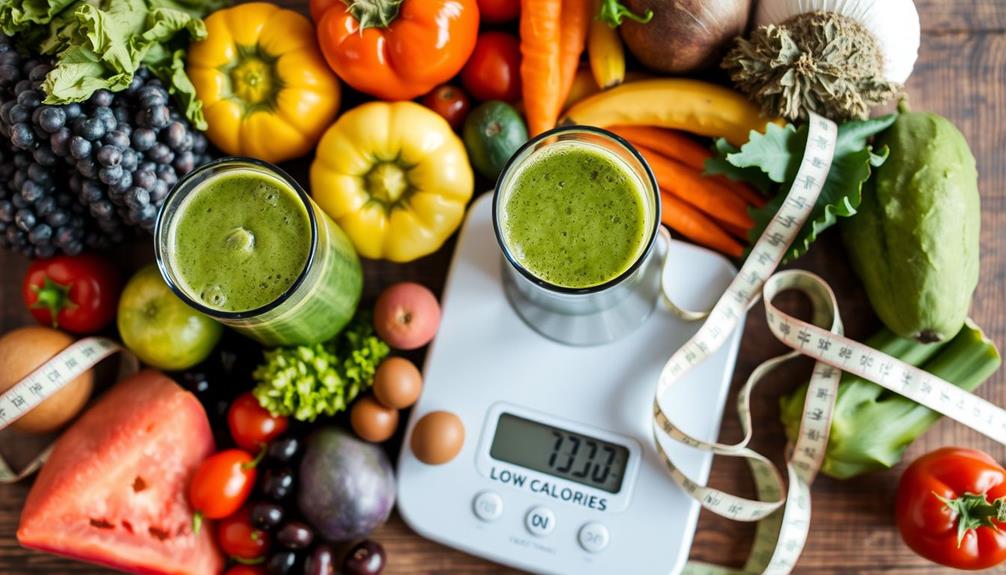
A raw food lifestyle can greatly impact weight loss and caloric intake. By focusing on fruits and vegetables, you can enjoy a diet rich in water and fiber, which typically results in lower caloric density. This means you can eat larger portions without piling on the calories, making it easier to achieve a caloric deficit.
Cooking often increases the caloric availability of food by 20-40%, so when you stick to raw foods, you might consume fewer calories overall. Additionally, incorporating essential oils for weight management may complement your raw food diet and enhance your overall health.
However, while this can be beneficial for weight loss, it's vital to balance your nutrient intake. Raw fruits and vegetables are packed with nutrients, but if your diet isn't well-planned, you risk deficiencies.
Additionally, be cautious with high-energy density foods like nuts and avocados. These can quickly add up in calories and potentially sabotage your weight loss efforts if overeaten.
Ultimately, adopting a raw food diet may support your weight loss goals, but it requires careful planning to guarantee you meet your caloric and nutritional needs. By being mindful of what you include in your meals, you can create a sustainable approach to weight loss on the raw food diet.
Energy Density Explained
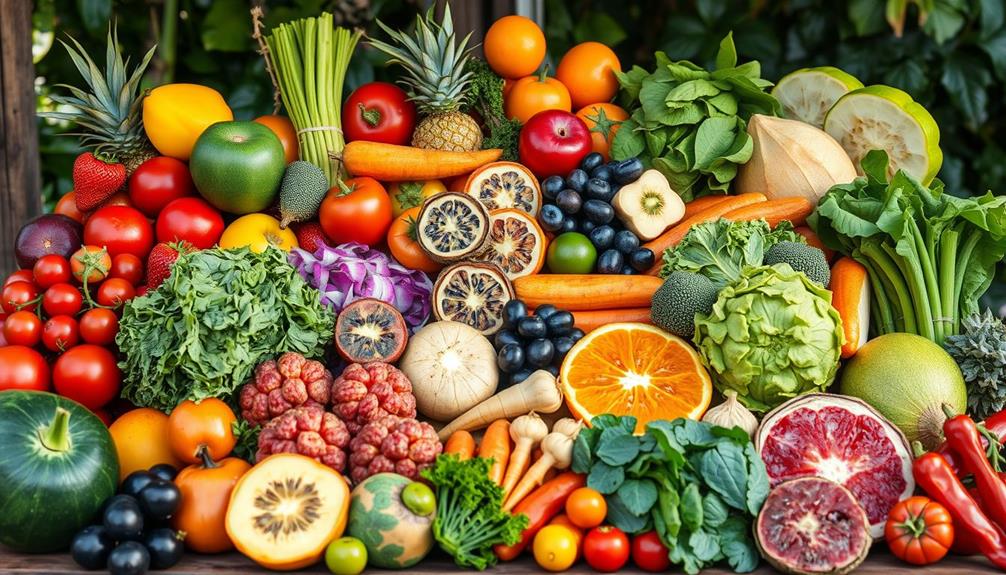
Energy density plays a key role in how you manage your caloric intake, especially when following a raw food diet. Understanding energy density can help you make smarter food choices that support your weight management goals.
Foods that are low in calories often have a low energy density, meaning you can eat larger portions without consuming too many calories. Additionally, being aware of potential health risks such as breast cancer can further motivate healthier dietary choices, as certain diets may influence overall well-being and risk factors for various conditions, including mammography guidelines.
Here are three key points about energy density:
- High Water Content: Fruits and vegetables are typically low in energy density because they contain a lot of water. This means they fill you up without piling on the calories.
- Fiber-Rich Foods: Whole grains and legumes are also low in energy density. Their high fiber content slows digestion, helping you feel fuller for longer while keeping calorie intake down.
- Fats and Oils: In contrast, fats are high in energy density. For instance, just one tablespoon of oil has about 120 calories, which is considerably more than a cup of raw vegetables.
Risks of a Raw Food Diet
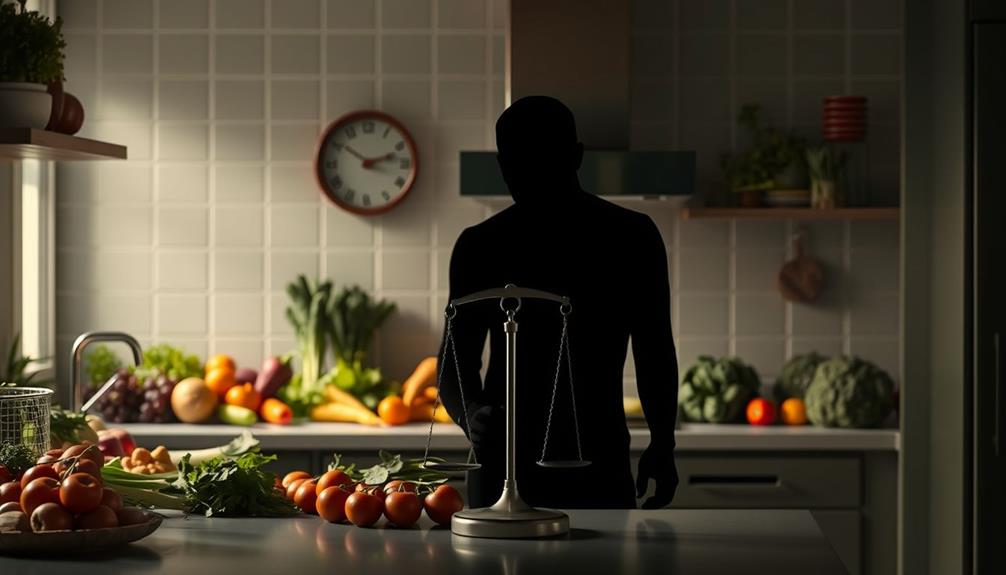
When you consider a raw food diet, it's important to think about potential nutrient deficiencies, especially in protein and vitamin B12.
A raw food diet can also enhance nutrient absorption and promote digestive health, but it may not provide all essential nutrients, leading to imbalances supporting digestive health.
You might also experience digestive health issues, as raw foods can be tougher on your system.
Plus, balancing this lifestyle with social situations can be a real challenge.
Nutrient Deficiencies Concerns
Many people who adopt a raw food diet face serious nutrient deficiencies, particularly in vitamin B12, iron, calcium, and omega-3 fatty acids.
The exclusion of cooked foods and animal products limits your ability to obtain these essential nutrients, making it imperative to understand the risks involved with such dietary choices.
If you're not careful, this can lead to significant health risks, including the potential for cognitive decline and weakened immune function, as noted in caregiver support resources.
To maintain a balanced diet, consider these three important nutrient concerns:
- Vitamin B12: Essential for nerve function and red blood cell production, this vitamin is mainly found in animal products. A raw diet often falls short.
- Iron: While plant sources provide iron, they're often less bioavailable. You might need to focus on combining foods to enhance absorption.
- Omega-3 Fatty Acids: Essential for heart and brain health, these are chiefly found in fish. Raw diets typically lack sufficient sources, which can lead to deficiencies.
If you experience fatigue, weakness, or other symptoms, it might indicate a nutrient deficiency.
Supplementation can be important to guarantee you're getting enough essential nutrients while adhering to a raw food lifestyle.
Digestive Health Issues
While addressing nutrient deficiencies is vital for those on a raw food diet, it's just as important to contemplate how this dietary choice can impact your digestive health. The high fiber content in raw foods can lead to discomfort, including bloating and gas, especially if your body isn't used to large amounts of fiber. This sudden increase might result in digestive distress like diarrhea or constipation.
Additionally, mindfulness practices can help in managing any emotional eating triggers that may arise from the discomfort associated with dietary changes.
Moreover, raw food diets can hinder nutrient absorption. Some nutrients found in legumes and grains become more bioavailable when cooked, meaning you might miss out on essential vitamins and minerals.
Additionally, consuming uncooked foods raises the risk of foodborne illnesses since raw foods can harbor harmful bacteria or pathogens.
It's also worth noting that cooking can enhance the digestibility of certain foods. By strictly adhering to a raw diet, you might overlook ideal nutrient uptake and overall gut health.
If you choose to follow a raw food diet, consider gradually incorporating these foods into your meals to allow your digestive system to adjust. Balancing raw foods with other cooking methods might help maintain your digestive health while still enjoying the benefits of fresh produce.
Social and Lifestyle Challenges
Adopting a raw food diet often brings a sense of commitment, but it can also lead to significant social and lifestyle challenges. You might find yourself feeling isolated as dining options shrink in social gatherings and restaurants. Finding suitable meals can be quite a struggle.
Additionally, the commitment to such a lifestyle may enhance your emotional resilience, allowing you to cope with challenges as you navigate these dietary changes and social interactions the power of imagination.
Here are three key challenges you may encounter:
- Limited Meal Options: When eating out or attending events, you often need to bring your own food, which can feel awkward and make you stand out.
- Time-Intensive Preparation: Preparing raw foods can be labor-intensive, requiring more time for planning, cooking, and sourcing ingredients than your current lifestyle allows.
- Digestive Adjustments: Shifting to raw foods can lead to digestive discomfort, making social interactions less enjoyable while your body adjusts.
Additionally, if you don't plan meals carefully, you might end up wasting food, as raw ingredients spoil faster than processed ones.
Balancing your commitment to a raw food diet with social norms and personal convenience can be tricky, and it's crucial to navigate these challenges thoughtfully.
Meal Planning for Raw Diets
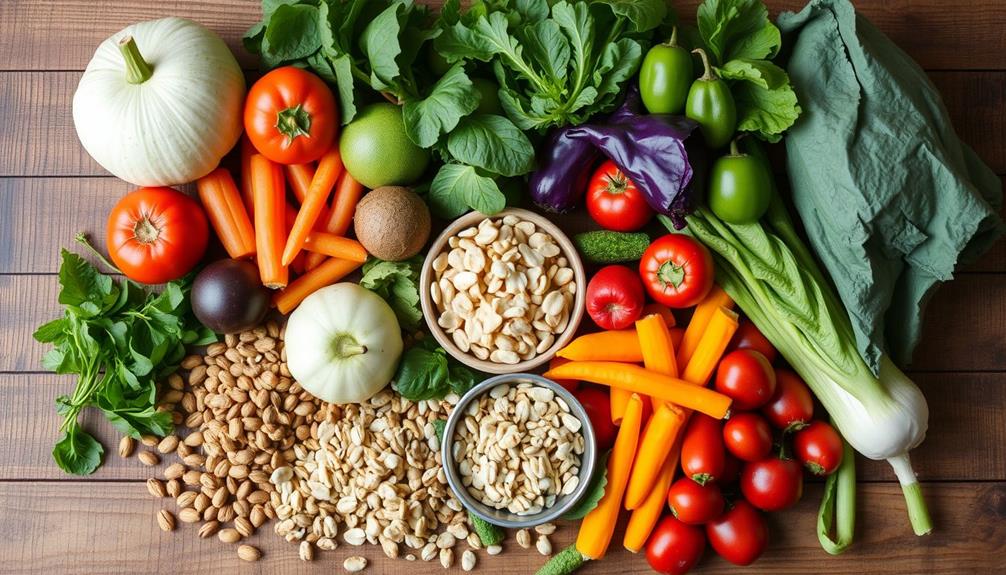
Meal planning for a raw diet requires a thoughtful approach to verify you enjoy a variety of flavors and nutrients. Start by incorporating an array of fruits, vegetables, nuts, and seeds to guarantee a balanced intake and prevent deficiencies.
Utilizing techniques like soaking, sprouting, and dehydrating can enhance the flavors and textures of your raw foods while preserving their nutrient content. Exploring various coffee varieties can also add unique flavor experiences to your diet, especially if you enjoy pairing your raw meals with a rejuvenating beverage.
A well-structured raw food menu can include nutrient-dense options like kale salads, chia seed puddings, and blended smoothies to meet your daily caloric needs. Preparing your meals in advance is essential, as raw ingredients can spoil quickly without proper storage and planning.
This not only helps reduce food waste but also makes it easier to stick to your diet. Keep an eye on portion sizes and energy density when meal planning for a raw diet. Since raw foods generally have lower calorie density, it's easier to consume fewer calories overall.
Cooking Methods and Their Impact
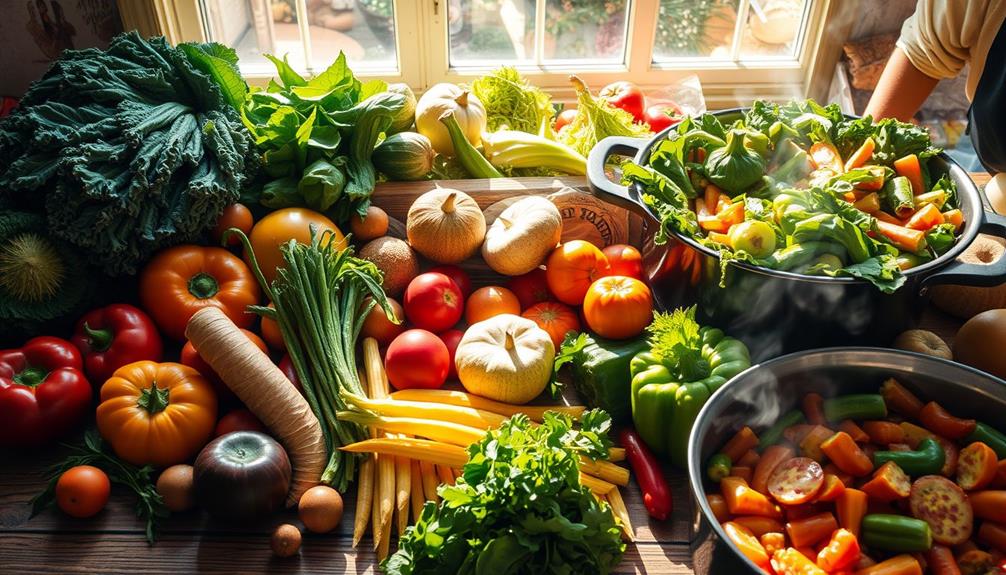
When you cook food, the method you choose can greatly change its caloric content and nutritional value.
For instance, frying can nearly double the calories in chicken breast compared to eating it raw. Additionally, incorporating ingredients like butter can enhance flavor but also increase calorie count, making it essential to understand butter in global cuisine.
Understanding how different cooking techniques affect nutrient retention and calorie availability can help you make informed choices about your diet.
Cooking Techniques and Calories
How do cooking techniques influence the calories in your food? The method you choose can greatly alter the caloric content of what you eat. For example, raw chicken breast contains about 136 calories, but frying it escalates that number to 312 calories. Roasting yields around 220 calories, showcasing the impact of preparation methods on caloric density.
Here are three key points to reflect on:
- Digestibility: Cooking generally increases the digestibility of foods, making it easier for your body to absorb calories. For instance, cooked starches can provide 20-40% more calories due to gelatinization.
- Energy Expenditure: Your body uses more energy to digest raw foods because of their intact cellular structures, while cooked foods require less energy, allowing for better caloric absorption.
- Fat Accessibility: Cooking can enhance the absorption of fats. Roasting nuts, for example, breaks down protective cell walls, releasing fats that become more accessible for digestion.
Understanding these factors helps you make informed choices about how cooking techniques can influence the calories in your meals.
Nutrient Retention in Cooking
Cooking methods play an essential role in nutrient retention, affecting both the vitamins and minerals in your food. For instance, boiling and steaming typically preserve more nutrients compared to frying or roasting. The high temperatures and longer cooking times associated with these latter methods can lead to significant nutrient loss.
While raw foods retain more heat-sensitive vitamins, cooking can enhance the bioavailability of nutrients like lycopene in tomatoes and beta-carotene in carrots, making them easier for your body to absorb.
You should be cautious, though; overcooking can greatly reduce nutrient content. Studies show that boiling vegetables may cut vitamin C levels by up to 50%.
It's also worth noting that different cooking methods can alter the caloric values of foods. For example, raw spinach has about 7 calories per cup, but when cooked, it can yield more calories due to concentrated nutrients after water loss.
Incorporating various cooking techniques can help you balance nutrient retention and caloric availability, offering a healthier alternative to processed foods while maximizing the benefits of your meals.
Raw Vs. Cooked Calories
The choice between raw and cooked foods can greatly impact the calories you consume. Cooking methods alter the caloric content of various foods, often increasing their energy value. For instance, raw breast meat contains about 136 calories, but frying it can push that number up to around 312 calories.
This transformation happens due to several factors:
- Digestibility: Cooking proteins changes their structure, allowing digestive enzymes to access them better, which can yield 10-20% more energy from cooked protein.
- Starch Changes: The gelatinization process during cooking reorganizes starches, enhancing digestibility and potentially providing 20-40% more calories compared to their raw forms.
- Nuts and Fats: When you roast nuts, the cooking process disrupts lipid cells, making fats more accessible and increasing caloric absorption compared to raw nuts.
Expert Insights on Raw Foods
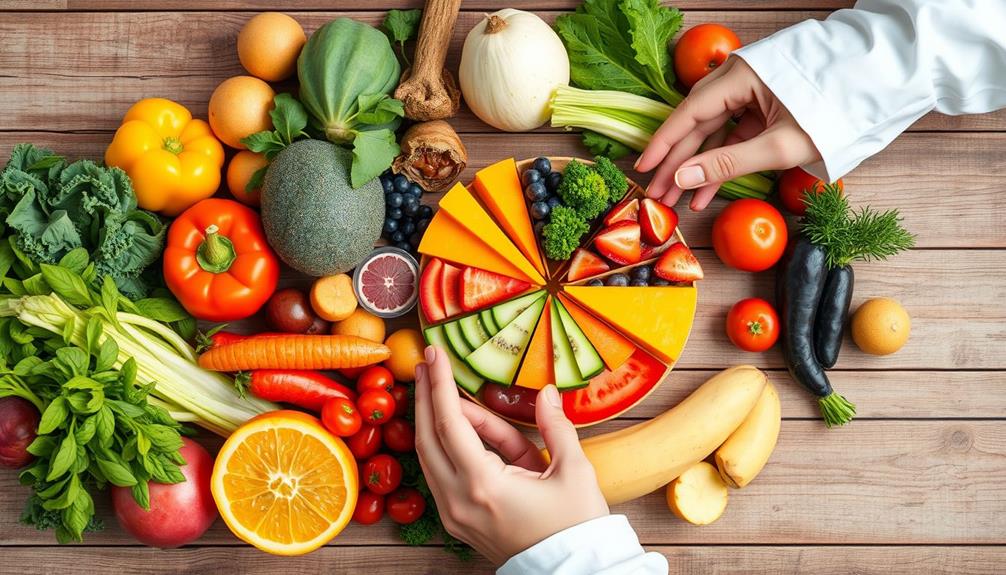
When considering the benefits of raw foods, many experts highlight their lower caloric density compared to cooked options. This means that you can enjoy larger portions of healthy foods without consuming as many calories.
For instance, when you cook starches, they can yield 20-40% more calories due to improved digestibility. Raw proteins, on the other hand, may provide 10-20% less energy than their cooked counterparts, as cooking denatures proteins, making them easier to break down.
Moreover, raw nuts retain inaccessible lipids because their cell walls remain intact, while roasting liberates these fats and greatly increases their caloric content.
The energy required to digest raw foods can also be higher, leading to greater caloric expenditure during digestion. This unique aspect can impact your overall energy balance if you're committed to a strict raw food diet.
Ultimately, incorporating raw foods into your meals can offer you a nutritious and satisfying way to manage your caloric intake. By choosing these healthy foods, you're not only enjoying lower calories but also benefiting from additional nutrients that cooking might diminish.
Practical Tips for Beginners
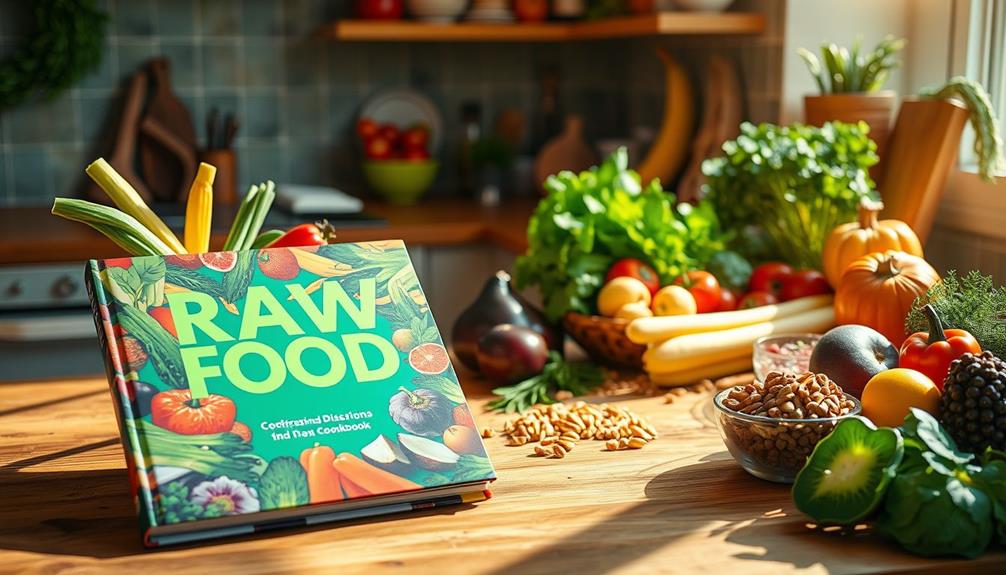
Starting your journey into raw foods can feel overwhelming, but with a few simple steps, you can make the change enjoyable and manageable.
Here are three practical tips to help you embrace a healthier lifestyle:
- Start Simple: Begin with easy raw recipes like smoothies and salads. This way, you can ease into the diet without feeling overwhelmed by complex dishes.
- Choose Seasonal Produce: Focus on local and seasonal fruits and vegetables. They're not only fresher and tastier but also packed with nutrients, enhancing your raw food experience.
- Equip Yourself: Investing in a high-quality blender or food processor can make meal preparation a breeze. These tools will help you create a variety of raw dishes, making your shift smoother.
As you progress, gradually increase the proportion of raw foods in your diet. This will allow your digestive system to adjust comfortably.
Don't forget to seek out online communities or local raw food groups for support and inspiration.
With these tips, you'll find that adopting a raw food lifestyle can be both healthy and enjoyable.
Frequently Asked Questions
Does Raw Food Have Less Calories?
You'll find that raw foods often contain fewer calories than cooked ones. Cooking increases digestibility, leading to more calories absorbed. So, if you're aiming to reduce calorie intake, raw options might be your best bet.
Are Calories Calculated Raw or Cooked?
Ever wondered how cooking affects calories? Generally, calories are calculated based on raw food. Cooking alters its structure, impacting digestibility and caloric availability, so it's essential to take into account cooking methods in your caloric tracking.
Does Cooked Food Have Less Calories Than Raw?
Cooked food generally has more calories than raw because cooking enhances digestibility, allowing your body to absorb more energy. While it may seem counterintuitive, you're likely consuming more calories from cooked meals.
Can You Gain Weight on a Raw Food Diet?
Yes, you can gain weight on a raw food diet if you consume high-calorie foods like nuts and avocados in large amounts. Portion control and balanced choices are key to managing your calorie intake effectively.
Conclusion
To sum up, embracing a raw food diet can offer intriguing benefits, particularly in calorie control. Research shows that raw fruits and vegetables can have up to 30% fewer calories than their cooked counterparts due to the loss of moisture and certain nutrients during cooking. By focusing on fresh, whole foods, you're not just cutting calories; you're nourishing your body with essential vitamins and minerals. So, if you're considering a raw diet, remember to plan your meals thoughtfully for best health benefits.
